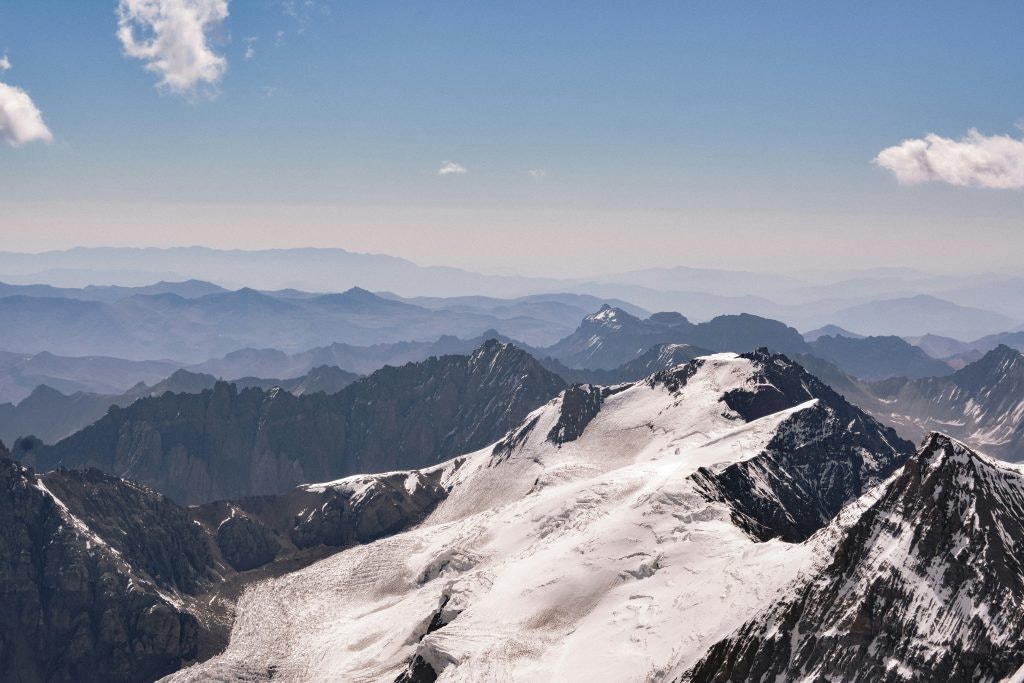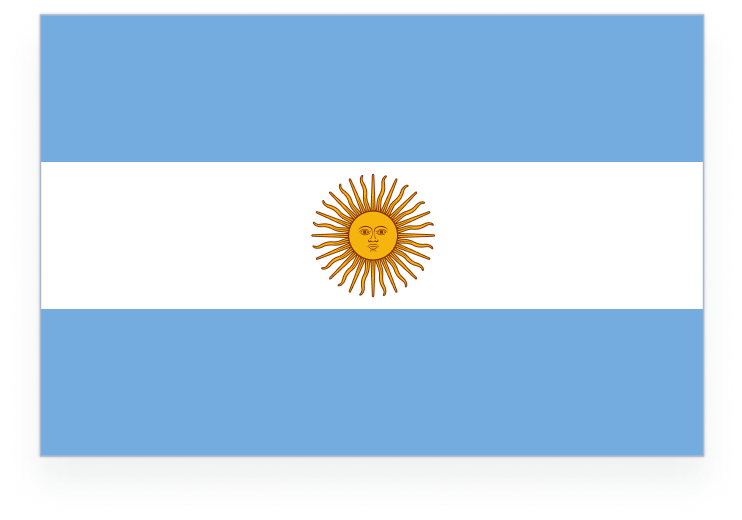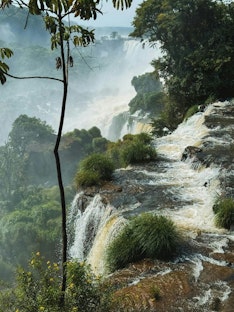3. Gauchos Come From Argentina
Gauchos are skilled horsemen who manage livestock in Argentina’s vast plains, known as the pampas. Similar to cowboys in the Western United States, the gauchoinfluence on national identity is evident, shaping Argentina’s folklore, music, and literature.
4. Argentina’s National Sport is a Gaucho Sport Called Pato
Pato combines elements of polo and basketball, where players ride horseback to compete. The government declared pato the official national sport in 1953.
5. Argentina was the first South American Country to Legalize Same-sex Marriage

Argentina legalized same-sex marriage on July 15, 2010, becoming a leader in LGBTQ+ rights and set an important precedent for South and Latin America.
Recently Argentine President Javier Milei rolled back LGBTQ+ rights, cutting funding for programs and restricting legal protections.
6. Argentina Goes From the “Hand of God” to “The Church of Diego Maradona”
Soccer player Diego Maradona scored the infamous “Hand of God” goal in the 1986 World Cup and secured his place as a national icon.
Devoted fans created “La Iglesia Maradoniana” (the Church of Maradona), a parody religion that honors him as a football god.
7. The Highest Mountain in the Western Hemisphere is in Argentina
Mount Aconcagua (22,837 feet) is the highest mountain in Argentina. This peak is also part of the Seven Summits, a group of the tallest mountains on each continent. In order of height, these summits include:
- Mount Everest (Sagarmatha) – Asia – 29,032 feet
- Mount Aconcagua – South America – 22,837 feet
- Denali – North America – 20,310 feet
- Kibo – Africa – 19,340 feet
- Elbrus – Europe – 18,510 feet
- Mount Vinson – Antarctica – 16,050 feet
- Mount Kosciuszko – Oceania – 7,310 feet

Mount Aconcagua stands majestically against the sky with its rugged peaks partly covered in snow.
8. Argentina Has the Highest and Lowest Points in the Western Hemispheres
Laguna del Carbón (-344 feet) marks the lowest point in the Western and Southern Hemispheres. Mount Aconcagua (22,837 feet) is the highest point in the Western Hemisphere.
9. You Can Ski in the Summer in the Southern Hemisphere
Ski resorts like Cerro Catedral and Las Leñas in Argentina offer skiing during the summer because Argentina’s seasons are opposite to those in North America and Europe.




